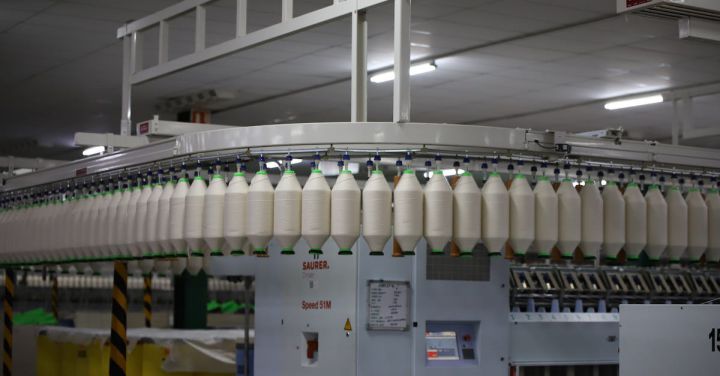What Is it Automation and How Can it Improve Efficiency?
What Is Automation and How Can it Improve Efficiency?
Automation is a term that we hear quite often in today’s fast-paced world. But what exactly is automation and how can it improve efficiency? In simple terms, automation refers to the use of technology and machines to perform tasks or processes that were previously done manually by humans. This can range from simple repetitive tasks to complex operations that require advanced algorithms and artificial intelligence. The goal of automation is to streamline processes, reduce human error, and increase productivity. In this article, we will explore the different types of automation and how they can improve efficiency in various industries.
1. Robotic Process Automation (RPA)
Robotic Process Automation, or RPA, involves the use of software robots or “bots” to automate repetitive and rule-based tasks. These bots can mimic human actions and interact with various systems and applications to perform tasks such as data entry, data extraction, and report generation. By automating these mundane tasks, RPA frees up human employees to focus on more valuable and strategic activities. This not only improves efficiency but also reduces the risk of errors and increases accuracy.
2. Industrial Automation
Industrial automation involves the use of machinery and control systems to automate manufacturing processes. This can include tasks such as assembly line operations, material handling, and quality control. By automating these processes, manufacturers can increase production speed, reduce costs, and improve product quality. Industrial automation also improves worker safety by eliminating the need for humans to perform dangerous or repetitive tasks.
3. Artificial Intelligence (AI) and Machine Learning
Artificial Intelligence and Machine Learning are technologies that enable computers to learn and make decisions without explicit programming. These technologies can be used to automate complex tasks that require advanced data analysis and decision-making. For example, in the healthcare industry, AI can be used to analyze medical images and detect abnormalities, thereby assisting doctors in diagnosis and treatment planning. By automating these tasks, AI not only improves efficiency but also enhances accuracy and reduces the time taken for diagnosis and treatment.
4. Workflow Automation
Workflow automation involves the automation of business processes and workflows. This can include tasks such as document approval, invoice processing, and project management. By automating these processes, organizations can eliminate manual paperwork, reduce processing time, and improve collaboration between teams. Workflow automation also provides real-time visibility into the status of tasks and enables better resource allocation.
5. Customer Service Automation
Customer service automation involves the use of chatbots and virtual assistants to provide personalized and instant support to customers. These automated systems can handle frequently asked questions, provide product recommendations, and assist with order tracking. By automating customer service, organizations can provide round-the-clock support, reduce response times, and improve customer satisfaction.
In conclusion, automation plays a crucial role in improving efficiency across various industries. Whether it is automating repetitive tasks, streamlining manufacturing processes, using AI for complex analysis, automating workflows, or providing customer service, automation helps organizations save time, reduce costs, and improve accuracy. However, it is important to note that automation is not meant to replace human workers but rather to augment their capabilities and enable them to focus on more meaningful and strategic work. As technology continues to advance, the possibilities for automation are endless, and organizations that embrace automation will be better positioned for success in the future.






